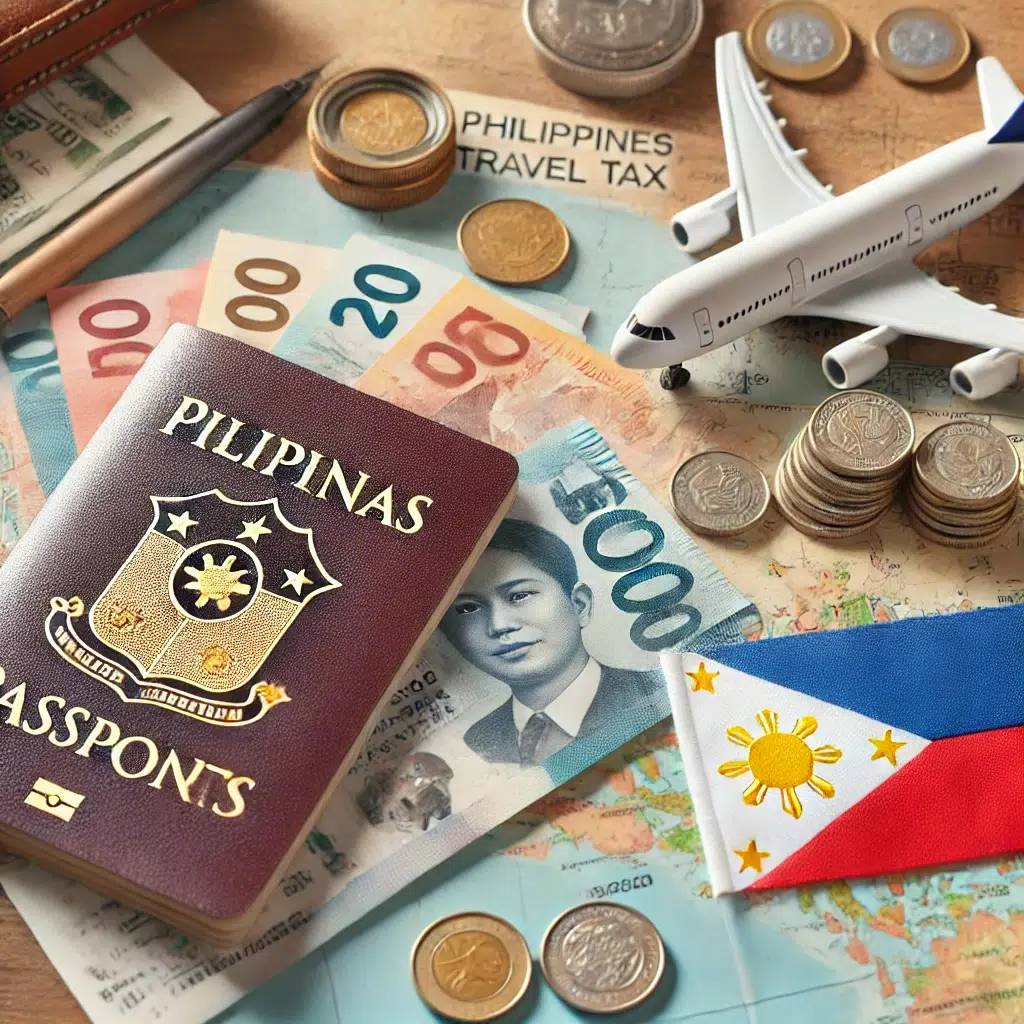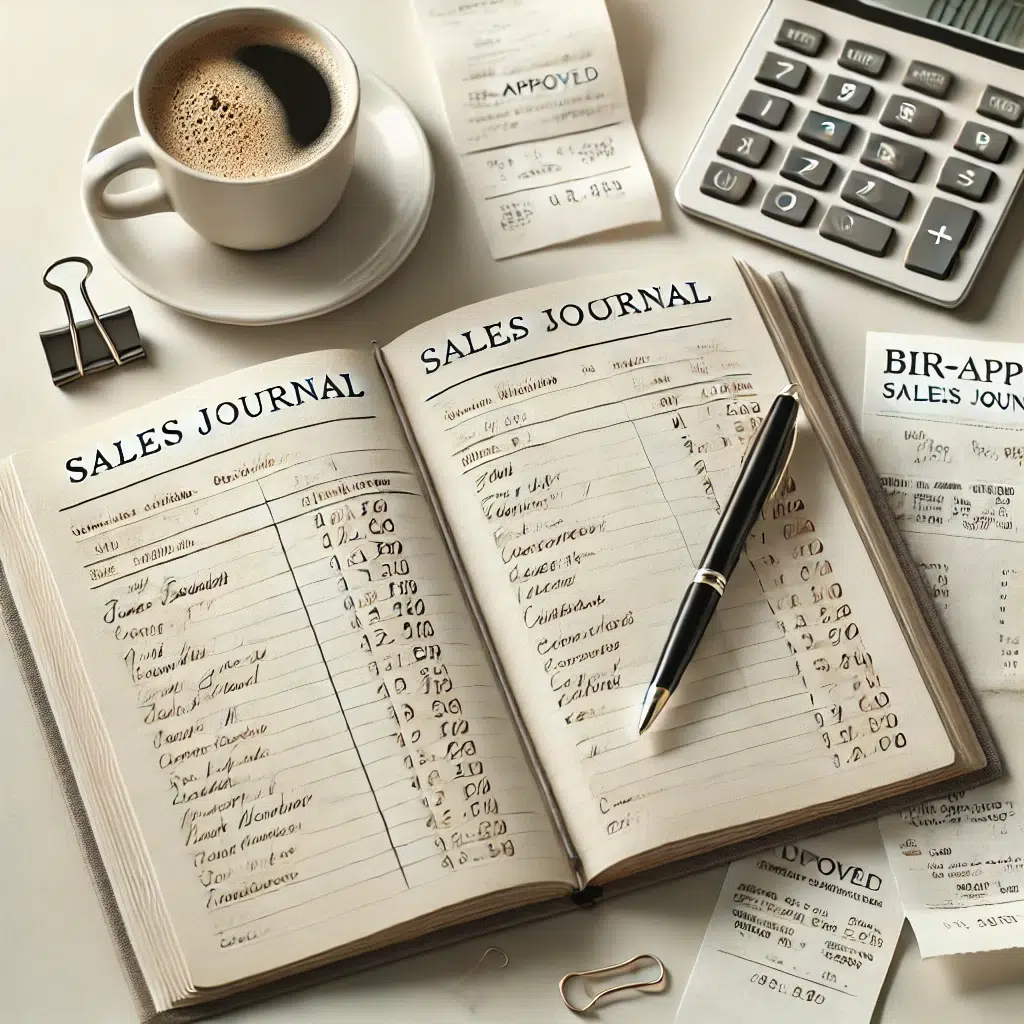If you’re a business owner, then you know that tracking your income and expenses is essential to staying profitable. But what happens when you make a sale but don’t have the cash on hand to cover it? You can issue a provisional receipt to assure your customer they will be paid. This blog post will explain provisional receipts and how to create them. Stay tuned!
What Is Provisional Receipt
A provisional receipt is a document that proves that a sale has been made, even if the payment has not yet been received. It can be helpful if you’re selling high-priced items or services and you need to assure your customers that they will be paid.
Provisional receipts usually include the following information:
- The date of the sale
- The name and contact information of the customer
- A description of the item or service sold
- The total amount owed
- The terms of payment (such as “due in 30 days”)
Here is the provisional receipt sample.
Benefits of Issuing Provisional Receipt
Provisional receipts can be helpful for both businesses and customers.
Serves as temporary receipts
Customers may need a receipt for accounting or tax purposes, but you may not have the cash on hand to cover the sale. Issuing a provisional receipt will allow you to provide your customer with the documentation they need while assuring them that they will be paid.
Reduces disputes
A provisional receipt can serve as proof if there is a dispute about whether or not a sale was made. However, provisional receipt do not confirm that an actual sale has occurred. The customer can refuse to pay, which will make the transaction void without any legal repercussions!
Creates trust and goodwill
Customers appreciate upfront and honest businesses about their transactions. By issuing a provisional receipt, you are showing your customers that you are trustworthy and committed to providing good customer service.
When To Issue Provisional Receipt?
You can send your customers a provisional invoice if you perform services rather than sell goods. In this case, use the document to state what will be provided and how much it costs; then adjust terms per buyer’s request when applicable!
Related: VAT Invoices Update under Train Law 2018
Tips When Issuing Provisional Receipt
When you’re issuing provisional receipts, there are a few things to keep in mind:
The receipt is not a guarantee of payment
Just because you issue a provisional receipt does not mean the customer will pay. The customer may refuse to pay, voiding the transaction without legal repercussions!
Keep Records
As mentioned above, keeping good records of all provisional receipts you issue is essential. That way, you can follow up with customers who have not yet paid and ensure that you receive the payment you’re owed.
Include Payment Terms
Include the payment terms on the provisional receipt. This will let the customer know when they need to pay and help you keep track of what is owed.
Get Contact Information
Be sure to get the customer’s name and contact information so you can follow up with them if necessary.
Not An Official Receipt
Provisional receipts are not official receipts. They do not confirm that an actual sale has occurred.
Common Mistakes Made When Issuing Provisional Receipt
When issuing provisional receipts, there are a few common mistakes that businesses make:
Not Issuing Receipts
The first mistake is not issuing provisional receipts at all! If you’re making sales but not issuing receipts, you won’t be able to track your income and expenses properly.
Not Including Payment Terms
Another mistake businesses make failing to include payment terms on the provisional receipt. It can lead to confusion and misunderstandings later on, so have this information.
Failing to Follow Up
Finally, businesses often fail to follow up with customers who have not yet paid. If you don’t follow up, you may never receive the payment you’re owed.
Provisional Receipts versus Official Receipts
Official receipts are issued after a customer has paid for goods or services. They serve as proof of payment and include information about what was purchased, the date of purchase, and the amount paid.
Provisional receipts are issued at the time of sale and do not confirm that payment has been made. They merely document that a sale has been made and what the terms of that sale are.
So, what’s the difference? Official receipts are only issued once payment has been made, while provisional receipts can be given even if payment has not yet been received.
Conclusion
Provisional receipts are an essential part of the business world. By understanding when to issue them and taking note of a few key things, you can ensure that your provisional receipts are as practical as possible. However, even with the best preparation, mistakes can happen. Make sure you know what to do if something goes wrong with your provisional receipt process. At the very least, knowing these tips will make issuing temporary receipts easier and less stressful.
Recommended: Official Receipts: What They Are And Why They’re Important


















Leave a Reply